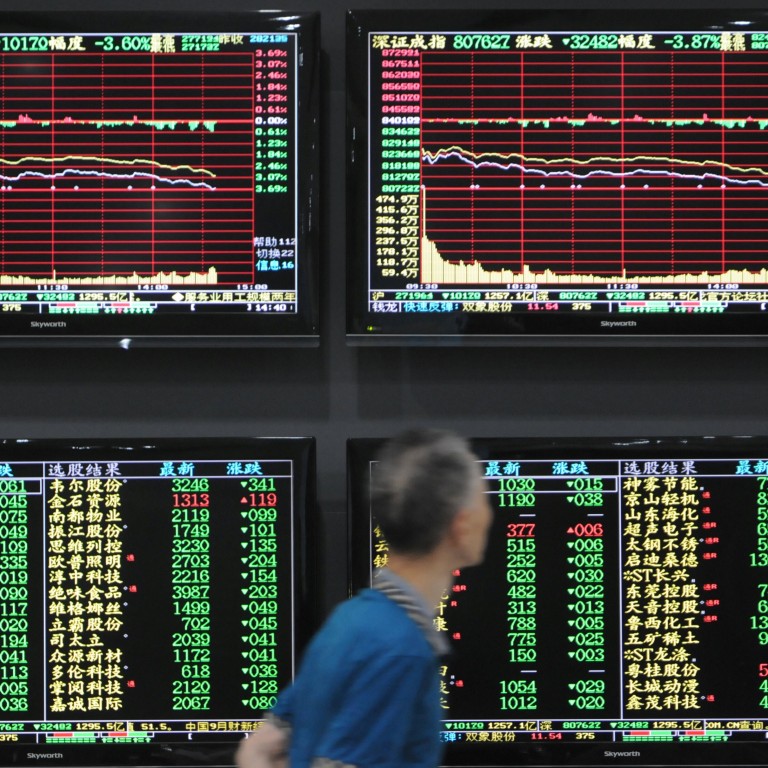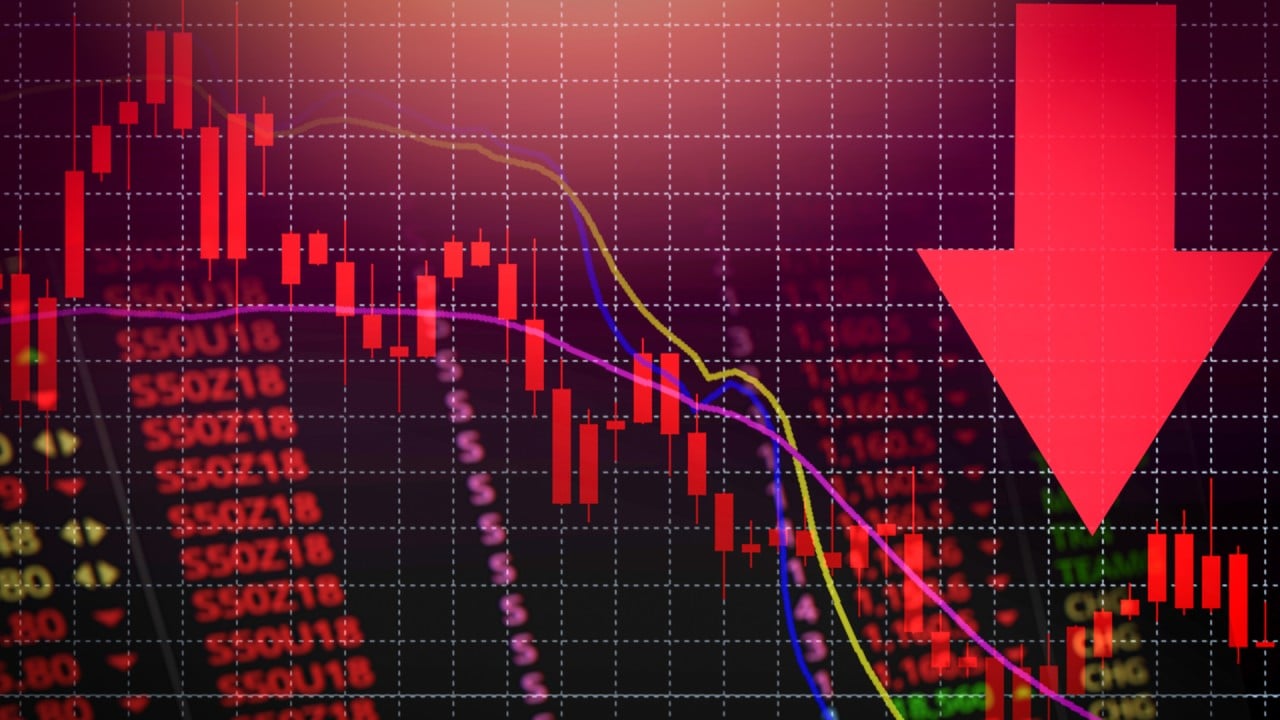
China’s stock market approaches 2018 peak on recovery tonic as valuation hurdle evokes 2015 pain
- Benchmark index may test the January 2018 peak as economy and earnings rebound, but psychological valuation hurdle is on the horizon
- Schroder anticipates a further run-up on smaller companies, while China Merchants Securities says it is time to shift to tested old-economy stocks
The gauge has outpaced major global stock indices in its 9.4 per cent climb this year to 3,336,36 points. The S&P 500 Index added 7.8 per cent while the broader MSCI Asia Pacific Index gain 2.3 per cent. The Shanghai gauge is now within 222 points or 6.2 per cent of its previous high.
“The economic recovery is expected to well get under way,” said Min Liangchao, a strategist at HSBC Jintrust Fund Management in Shanghai. “The [ensuing] improvement in corporate earnings will drive up the market further.”
China’s massive stimulus this year has generated self-sustaining momentum that is likely to push output higher into the first half next year, according to BCA Research. Strong domestic fundamentals should be able to drive up stock prices in the next six to nine months, it added.
China sovereign bond sale attracts US$27 billion in global orders, embraced by US investors
That may prompt the central bank to raise its policy rate by as much as 50 basis points in 2021, which may not be a bad thing, its China strategist Jing Sima wrote in an October 14 report to clients. Stocks have moved in lockstep with rising interest rates and bond yields, a relationship that has strengthened since the market crash of 2015.
“Chinese stocks are increasingly driven by economic fundamentals, which are supported by the volume of total credit creation (measured by total social financing) rather than the price of money in China,” Jing said. Cyclical stocks should also continue to outperform defensives in both the onshore and offshore markets.”
To be sure, the Shanghai Composite Index and the CSI300 Index are coming up against a major psychological valuation hurdle.
The market has historically displayed poor stamina when their price-to-earnings multiples surpassed 18 times, where stocks are trading today. When they both breached that level in the 2015 bubble, the party ended pretty badly.
Some investors point to deepening economic reforms as additional fuel for the rally. While President Xi Jinping’s policy speech in Shenzhen last week lacked details, his call for further innovation in the technology hub has reassured investors on more policy support.
“China continues to show signs of economic recovery as it successfully contains Covid-19,” said David Chao, a strategist for global markets at Invesco in Hong Kong. “This is an important sign that Beijing continues to push forward its opening up and reform process and should further act as a growth catalyst.”

04:36
Hong Kong stocks may remain volatile for months due to Covid-19 pandemic, says analyst Kenny Wen
Traders will also be busy parsing third-quarter income statements for further signs of earnings rebound. After they slumped 42 per cent in the first quarter, the worst in a decade, the losses narrowed significantly by the end of June, at minus 18 per cent.
Haitong Securities forecasts a sharp rebound in the final quarter that will help the broader market end the year with a 5 per cent annual growth.
Elsewhere, easy and cheap money has unleashed a run-up in smaller companies that are more susceptible to the change in liquidity, with the ChiNext gauge of start-ups in Shenzhen surging by more than 50 per cent this year.
Foreign wealth management giants poised to tap China’s US$3.7 trillion market as new rules promise to cut risk
“The backdrop of low interest rates and buoyant liquidity conditions after the central bank easing do provide support for equity markets and higher valuations,” said Jack Lee, head of China A-share research, at Schroders Investment in Hong Kong. “Moreover, new economy companies are likely to show more sustainable earnings growth compared to traditional economy companies, helping to justify their higher valuations.”
ChiNext rally in Shenzhen keeps stock traders on guard for fallout as valuation approaches 2015 peak
Brokerages from China Merchants Securities to Guosen Securities and AJ Securities recommend switching out of small caps to big and cyclical companies. Investors will shift their focus to fundamentals away from valuation expansion.
“Low-valuation cyclical sectors such as financials and consumer-discretionary companies will probably be back in favour,” said Zhang Xia, an analyst at China Merchants. “Looking to the rest of the year or even the first quarter next year, earnings for pro-cyclical sectors will more or less improve. Valuation will be an important gauge going forward.”

